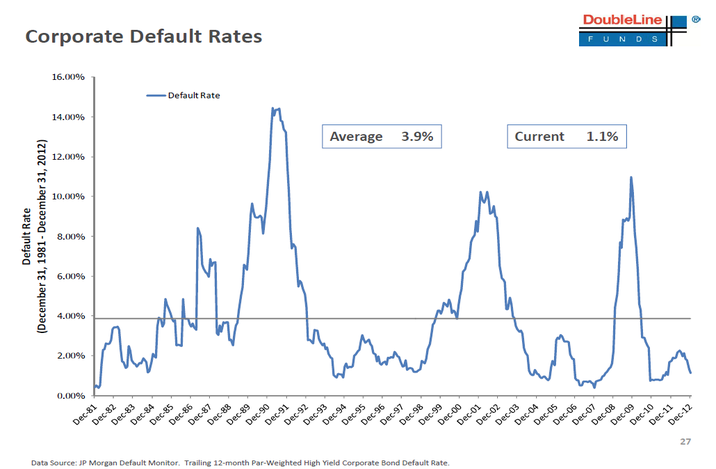How to Understand Bond Yield Rates V Rates
Post on: 18 Февраль, 2017 No Comment

Instructions
Understand that a bond yield rate is your annual return on your bond, expressed as a percentage. In theory, the longer you hold a bond, the higher your yield rate over time. That is because you take on more risk for holding the bond longer.
Know that if your par value changes, your yield changes accordingly. That means you get more yield if your par value lowers, and less yield if your par value increases. For instance, if your par value decreases to $300, your yield increases to 8.3%—giving you more yield per year, but a reduced value paid to you at your bond’s maturity date.
Tips & Warnings
Resources
More Like This
How to Find the Risk Free Interest Rate With a YTM
Explain Bond Yield to Maturity
How to Calculate Constant Yield to Maturity
You May Also Like
Interest rate is the amount of interest expressed as a percentage of a bond's face value. Yield to maturity is the actual.
A yield to maturity is the effective interest rate earned on an investment for a particular price, assuming that the investor holds.
Yield to Maturity Vs. Spot Rate. Yield to maturity relates to the yield on all fixed-rate securities if an investor holds the.
Effective yield to maturity factors in the number of times per year a bond pays interest to allow for. Yield to.
Yield to maturity relates to the yield on all fixed-rate securities if an investor holds the instrument until it matures. On the.
Effective yield to maturity is a concept mostly used in bond investing. Even though bondholders receive regular, fixed interest based on the.
Both yield and yield to maturity are measures of the investment value of a bond, which is a type of financial instrument.
Bonds pay a specified amount each year called the coupon rate. How to Understand Bond Yield Rates Vs. Maturity Rates. A.
How to Determine Maturity of U.S. Savings Bonds. E and EE savings bonds differ from I-series savings bonds in that they.
Yield to Maturity Vs. Spot Rate. Yield to maturity relates to the yield on all fixed-rate securities if an investor holds the.
The relationship between the yield of a bond on the one hand and its term, or time to maturity, on the other.
Yield to maturity gives investors that prefer to buy and hold a means of. Bonds do not typically sell at face.
Yield to Maturity Vs. Spot Rate. Yield to maturity relates to the yield on all fixed-rate securities if an investor holds the.
What Is the Maturity on a Government Savings Bond. The price of a fixed interest rate bond is determined by its.
In this situation, you have to calculate maturity value. Other People. Yield to maturity (YTM) is the annual rate of return.
Annuities are insurance policy contracts that pay out a certain rate of money annually after it matures and has been fully paid.
How to Find Maturity Value. The cash value of a bond when it is redeemed at maturity is. The yield to.














